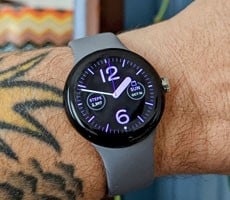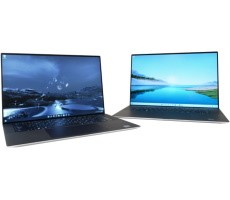Snapdragon 8 Gen 2 Benchmarks: Qualcomm's New Flagship Android Platform Tested
Benchmarks On Qualcomm's Latest Beast Chip For Android Flagship Phones Look Strong
The new system-on-a-chip (SoC) has all the same base level functional blocks as Qualcomm's last flagship Snapdragon, though everything is a bit faster and smarter. Perhaps the most notable change is the chip's CPU core configuration. There are still eight cores in total, but the new Prime Core steps up to Arm's Cortex-X3 architecture. It's paired with four performance cores (instead of the usual three), which are split into two Cortex-A710s and two Cortex-A715s. The inclusion of the A710 gives the chip better native support for 32-bit apps. The remaining three cores are lower power, more efficient A510s, which also support 32-bit processing. Qualcomm says this updated CPU complex is up to 35% faster than last year's chip.
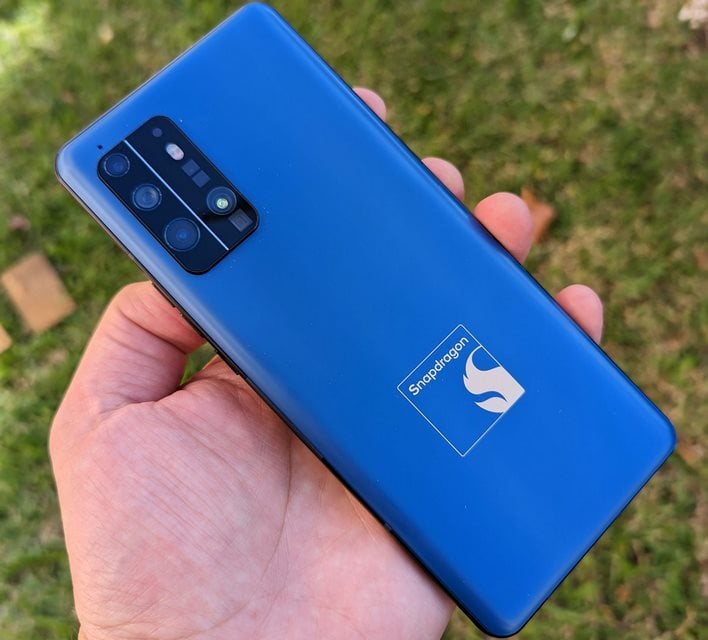
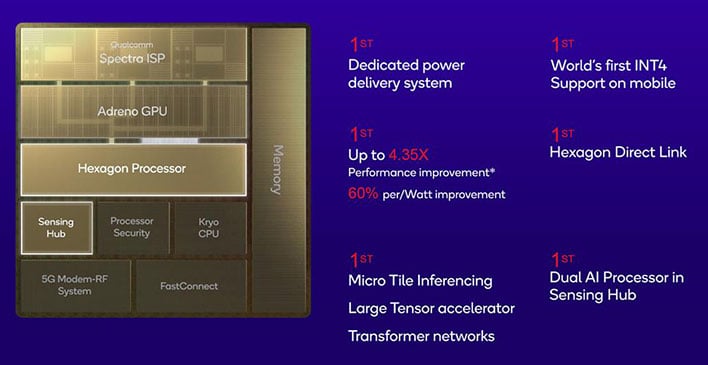
The actual device specs for Qualcomm's Snapdragon 8 Gen 2 reference prototype are as follows:
- 6.8” FHD+ AMOLED Display - 1080x2400, 144Hz
- UFS 4.0 Flash Storage
- 12GB - LPDDR5X System Memory (RAM)
Snapdragon 8 Gen 2 Geekbench Results
Geekbench is a cross-platform benchmark that simulates real world processing workloads in image processing and particle physics calculation scenarios. We tested all of the smartphones featured here with Geekbench's single and multi-core workloads in the latest version of the app.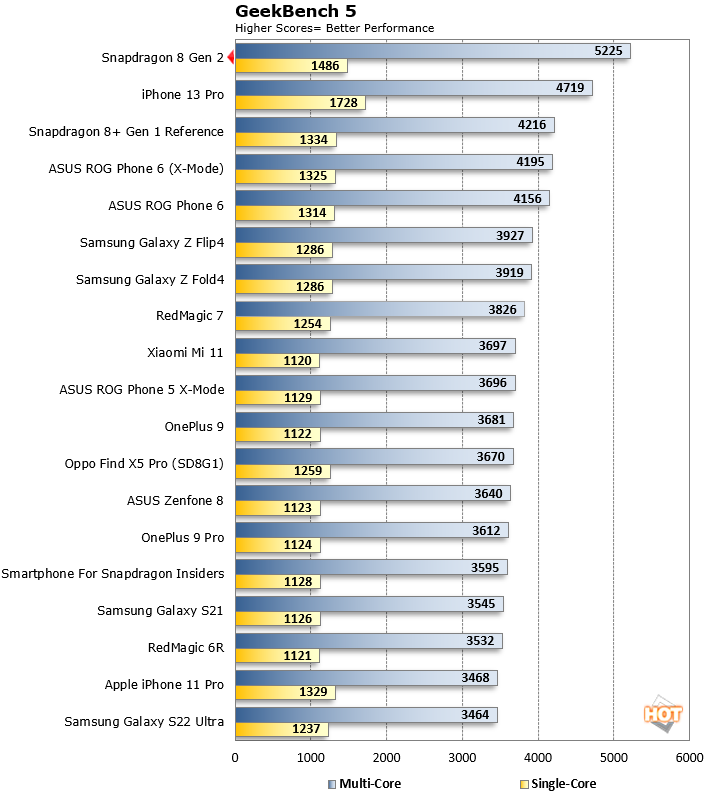
Snapdragon 8 Gen 2 PCMark For Android Results
UL's PCMark for Android is an excellent suite of tests if you want to benchmark a wide range of tasks on a handset -- things like image and video editing, as well as lighter-duty, everyday workloads such as email and web browsing. When you see the test running live, it's clear the scripted application tests are carefully selected and tuned to make use of the each mobile platform in a very controlled way.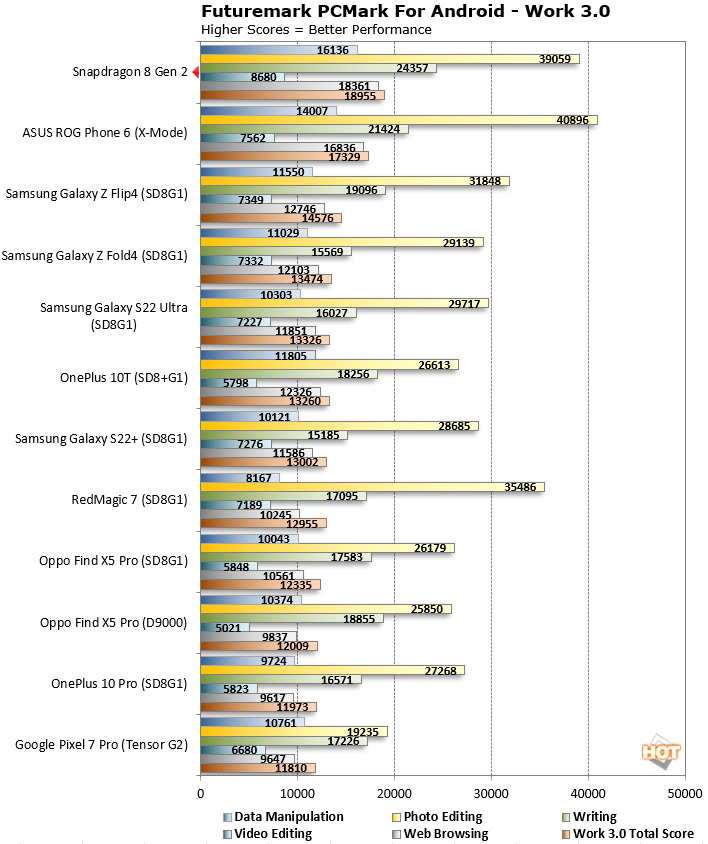
The PCMark test shows a slightly smaller gains compared to Geekbench. Still, the Snapdragon 8 Gen 2 is the new top score in almost all sub-categories, as well as the overall score. Even the Asus ROG Phone 6, which bests other SD 8 Gen 1 phones when used in performance-boosting X-Mode, gets left in the dust by the Snapdragon 8 Gen 2.
Snapdragon 8 Gen 2 AnTuTu 8 And AITuTu Benchmarks
AnTuTu’s latest benchmark returns a number of metrics ranked with somewhat nebulous scores, rather than frame rates or time to complete. Here we're running the latest version of AnTuTu across multiple Android devices. AnTuTu returns four top level performance results which are all included here: CPU, RAM, 3D, UX (or User Experience), along with a total score.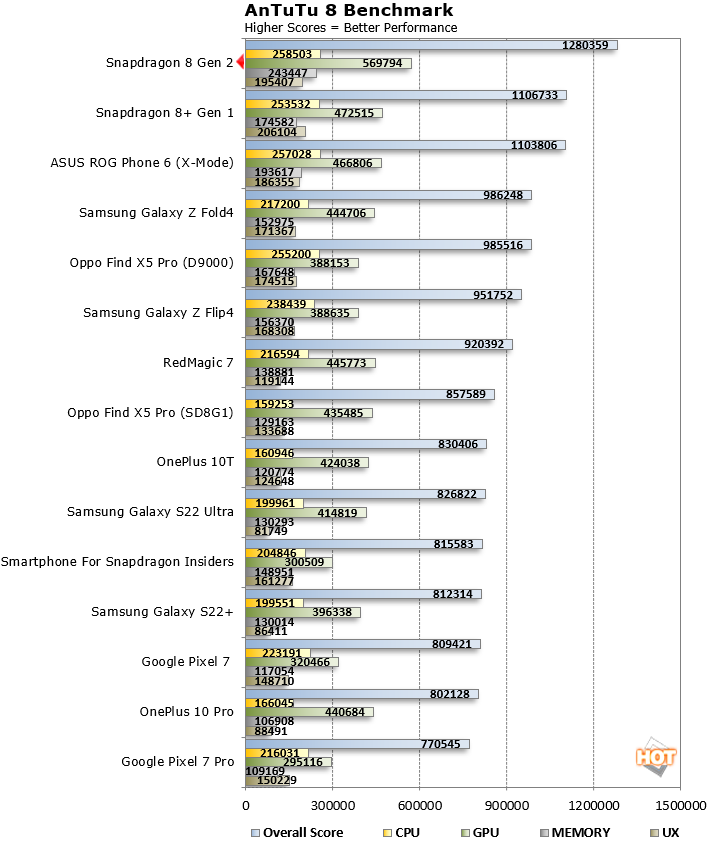
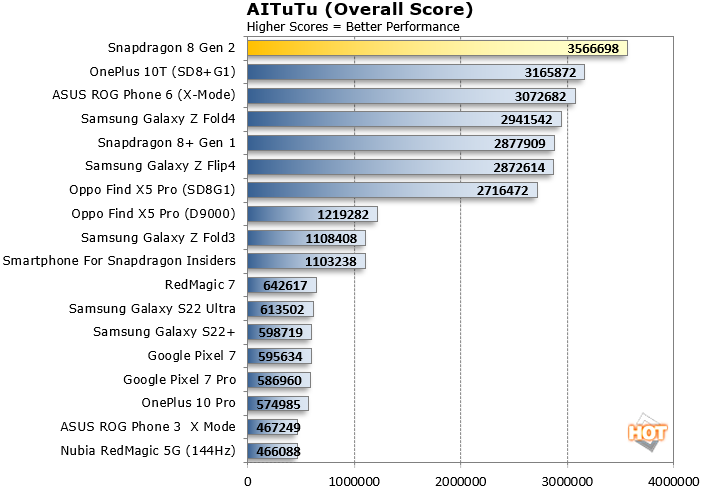
The AnTuTu and AITuTu tests show the new Snapdragon 8 Gen 2 taking the crown, but again perhaps by a smaller margin than Qualcomm's estimates. This is prototype reference hardware, so retail phones will likely see different performance levels, depending on various OEM partner designs. However, there's still enough headroom that SD8 Gen 2 phones will benchmark notably higher than their Gen 1 counterparts in these types of mainstream workloads. We saw a big jump in AI processing with the Snapdragon 8 Gen 1 hardware, and while the Snapdragon Gen 2 is faster, it doesn't appear to be the same generational leap in this benchmark.
We will note, however, that we are going to circle back here with MLPerf AI benchmark results shortly. We've reached out to ML Commons for the latest version of its excellent AI inferencing benchmark suite for Android devices, and will update this space here. Frankly we place less stock in AITuTu's results, so it will be interesting to see what MLPerf shows performance-wise.
* Update - 11/22/22: MLPerf AI Inferencing Benchmark Results
We wanted another yardstick to measure Snapdragon 8 Gen 2 AI inferencing performance, beyond just AITuTu, so we have compiled a short list of current-gen smartphone platforms with various devices and pulled some fresh benchmark numbers, which are represented here below. In the graphs, SD 8+ Gen 1 represents Qualcomm's Snapdragon 8+ Gen 1 mobile platform, whereas SD 8 G1 and SD7 G1 are Snapdragon 8 Gen 1 and Snapdragon 7 Gen 1, respectively. The rest are self-explanatory, with both Google Tensor and Mediatek Dimensity 9000 devices represented accordingly.
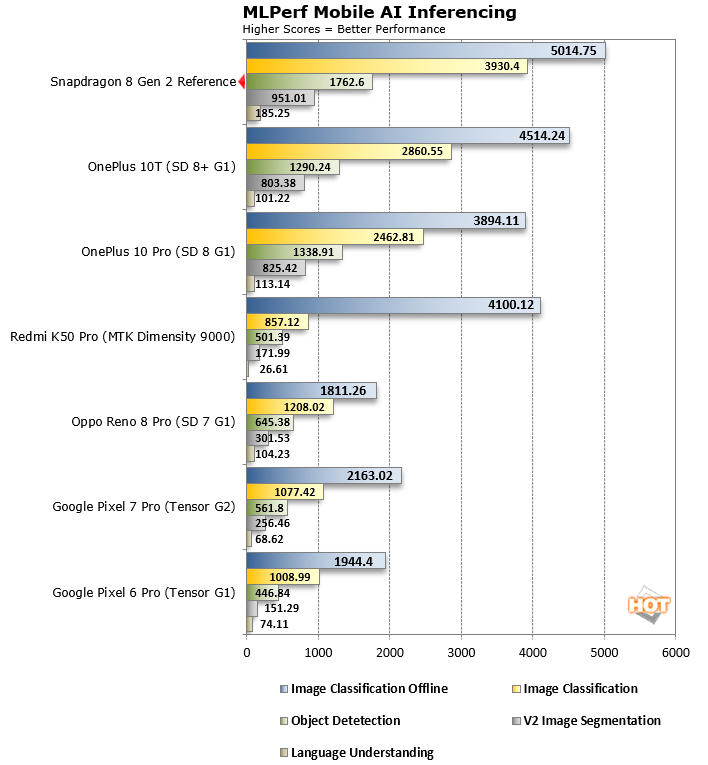
Snapdragon 8 Gen 2 Graphics And Gaming Benchmarks Results
Now, let's take a look at how the new Snapdragon 8 Gen 2 stacks up in GFXBench, which has been one of the standard mobile graphics/gaming performance benchmarks for years. To ensure that display refresh (v-sync) and resolution aren't limiting factors, we're comparing off-screen test results here. GFXBench tests OpenGL ES graphics workloads and we're specifically testing OpenGL ES 2.0 and 3.0.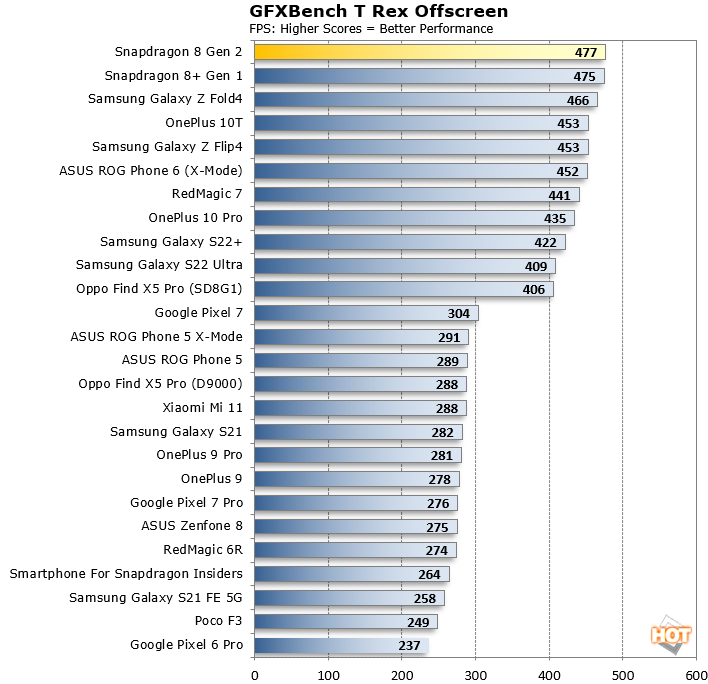
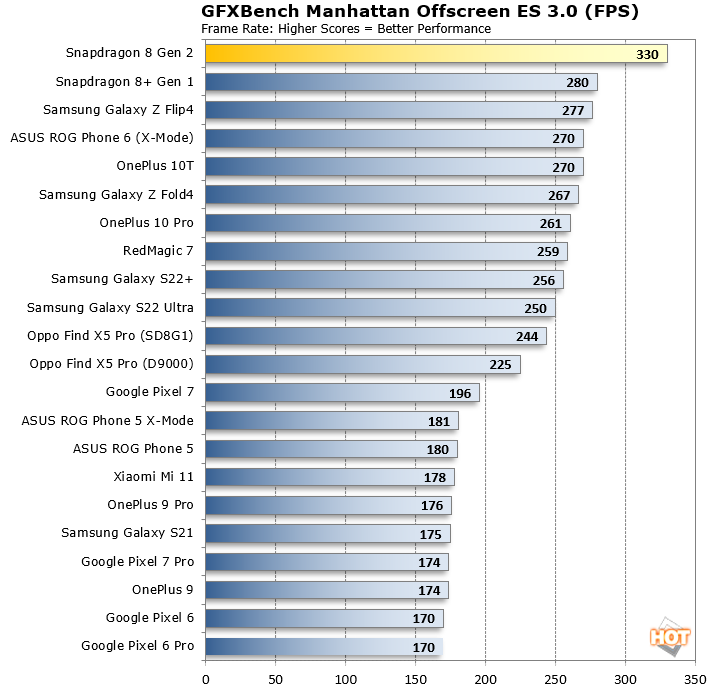
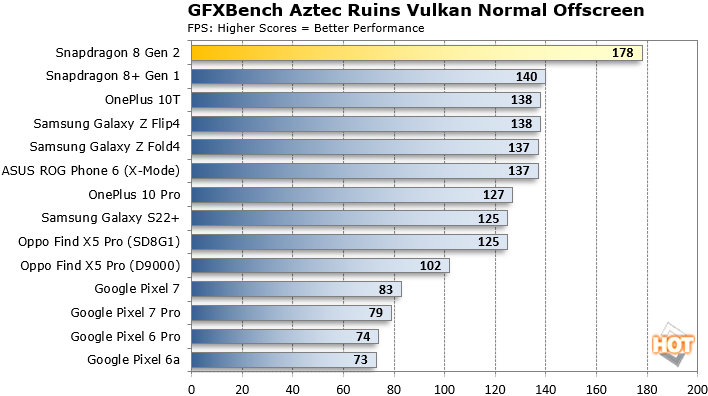
Snapdragon 8 Gen 2 3DMark Slingshot Tests
UL's 3DMark Sling Shot is a newer benchmark module that's been added to the 3DMark mobile suite. Unlike previous gen 3DMark mobile tests, Sling Shot is a much more advanced OpenGL ES 3.1 and Metal API-based benchmark that employs more advanced rendering techniques, like volumetric lighting, particle illumination, multiple render targets, instanced rendering, uniform buffers and transform feedback. We're running this test in off-screen mode once again to remove display resolution differences from the equation. This allows us to compare cross-platform results more reliably.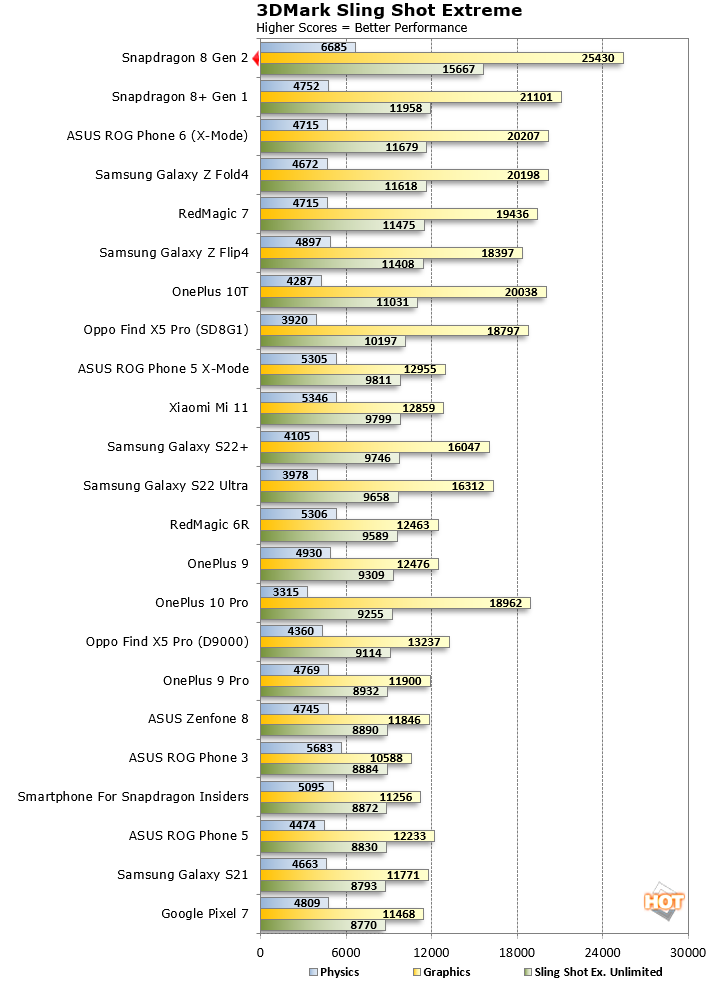
Snapdragon 8 Gen 2 3DMark Wild Life Benchmark Tests
3DMark Wild Life is the latest cross-platform test from UL. Its primary purpose is to measure GPU performance across platforms, and two distinct tests are available. The standard Wild Life test is designed to give feedback on how a game performs over a short period of time. With mobile games, people typically play in brief spurts when they find some free time; be it on the bus, on the subway, or a quick battle royale session over lunch break.
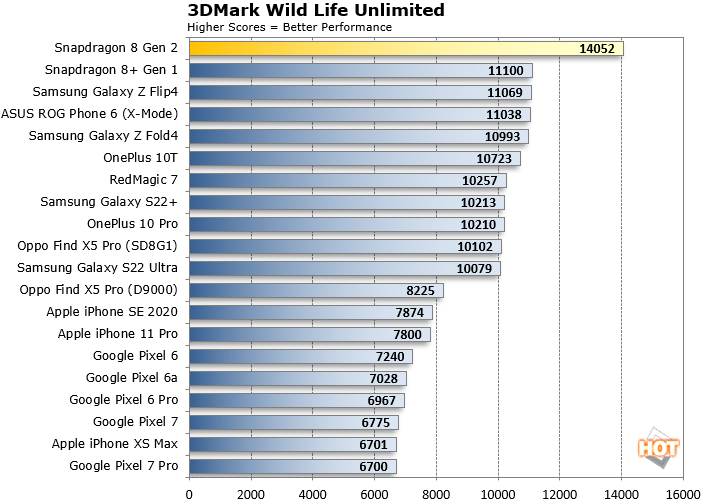
Performance Summary And Preliminary Analysis Of Snapdragon 8 Gen 2
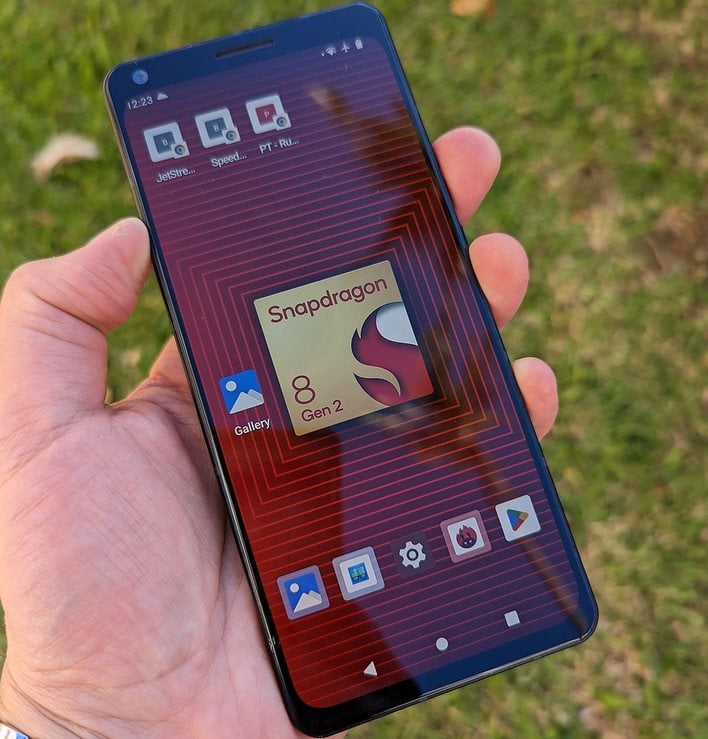
In addition, the game tech demos the company showed at Snapdragon Summit 2022 were impressive, ushering in new ray traced lighting and reflection effects for the first time, live on an Android handset. You can check it out here in our informal video capture at the event...
What these benchmarks don't tell is us anything about Qualcomm's claims regarding power efficiency, since it's kind of pointless to test battery life on a prototype device you can't buy. Regardless, the company claims up to 40% better performance-per-watt metrics in various workloads, though we'll have to wait for retail ready devices powered by Snapdragon 8 Gen 2 to prove that out. Qualcomm's Snapdragon 8+ Gen 1 was a much more refined chip from an efficiency standpoint (versus legacy SD 8 Gen 1), and improvements in this area will be key for many consumers.
We're excited to see what the new Snapdragon 8 Gen 2 can do in retail phones this coming holiday season. So stay tuned to HotHardware as we track these various introductions of flagship Android phones in the weeks and months ahead.


